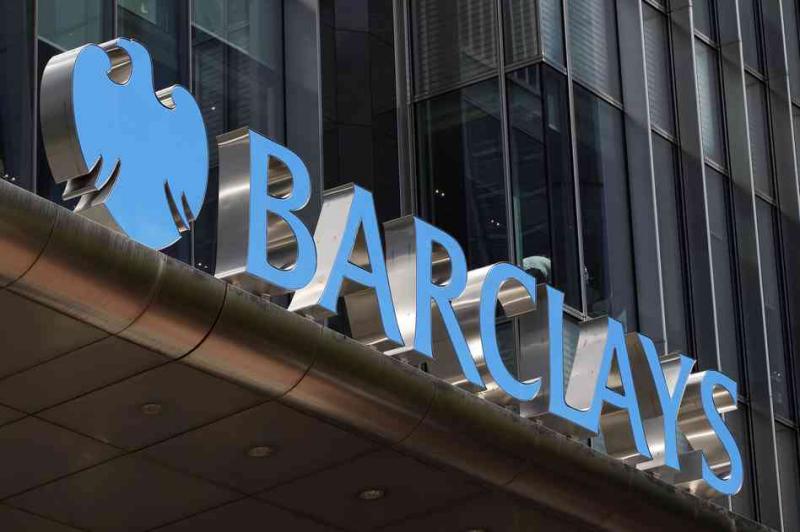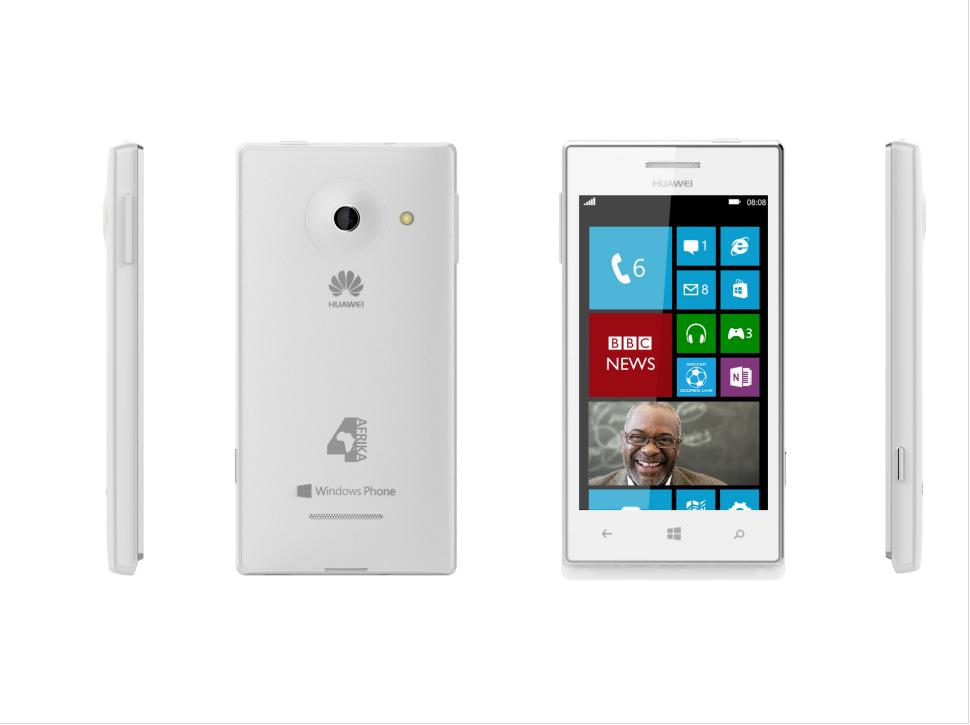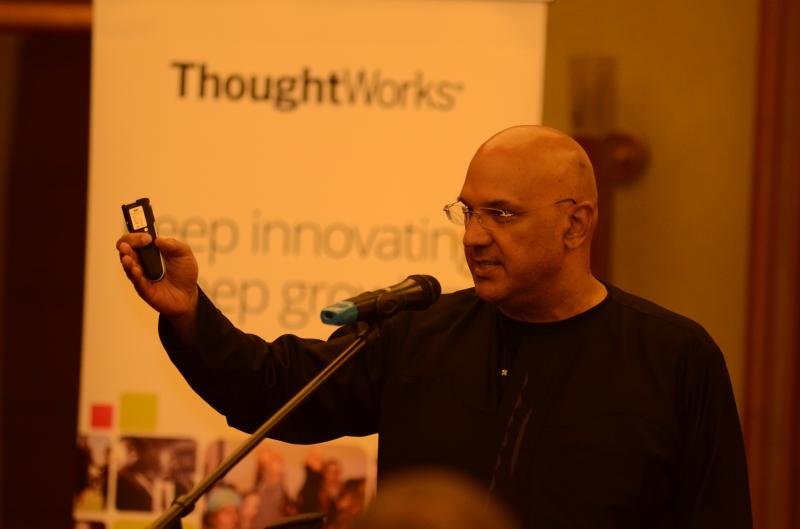Mobile money is one those innovations that we call disruptive technologies. Disruptive in the sense that it challenges the status quo or changes the way that we have come to understand something.
Banking is one of the oldest businesses in the world. Through banks, people are able to keep their money safely, transfer money to different parts of the world and make invests. Mainstream banks have for decades enjoyed this position and have mastered their own trade until the mobile phone technology came.
Telecoms at first mainly concentrated on mobile communication through offering their subscribers voice and SMS services and probably data services mainly to enable their subscribers communicate with each other. Their customers by the way included banks too. A few years ago banks and telecoms were mutual happy partners since they traded in completely different industries. The telecom would offer banks communication services. Banks were able to co-ordinate with their employees; support their customers effectively by leveraging the power of mobile phone technology. Banks also rented leased lines from the telecoms for the operation of their network of ATM machines spread across the country.
On the other hand, telecoms also enjoyed the financial services provided by banks. Telecoms would pay their employees’ salaries through banks, lease equipment, and get investment loans at attractive interest rates. So banks and telecoms have always been perfect partners that need each other to shrive in business. However, this partnership is soon being shaken as telecoms are now being looked at as fierce competitors rather than partners with the advent of mobile money.
Mobile money is a service introduced by the telecoms that enables transfer of funds from one mobile phone to another in an instant. Mobile money does not require any specialized equipment or infrastructure, but rather runs as application on top of the already existing GSM/Telecom infrastructure. It’ s because of this ease of integration that telecoms have been swift at implementing it to increase on their average revenue per person.
Mobile money leverages a much more interactive, text-based and session orientated technology called USSD (Unstructured Supplementary Service Data) and a bit of the good old SMS. USSD is not new to the mobile subscribers since they use it every time they load their Air Time much as they may not know it.
Mobile money front end application comprises of very simple and intuitive menus that anyone can simply follow. This simple application has created more revenues for the telecoms and a new eco system is springing up. Three telecoms in the country(Uganda) have already rolled out the service and these include MTN(mobile money), UTL(m-sente) and Airtel(zap) and more are planning to join the band wagon.
Retailers, service providers, utility companies are now beginning to partner with telecoms to enable their customers pay their bills in a much more convenient, hassle-free way than what they were already used to. We are all familiar with the long queues at banks. The fact is nobody likes standing for hours in a long line just to pay up their water bill, tuition or whatever it is. Mobile money brings nothing new except the convenience, time saving, flexibility in that you can carry out a transaction at any time of the day.
While mainstream banks have tried to bring convenience to their customers through Automated Teller Machines (ATM), they have not been without limitations. First the limited uniform distribution of these ATM nodes across the country, second the frequent malfunctioning of existing ones and third ATMs are not mobile or portable. You still have to walk to an ATM machine to make a transaction; of course it goes without saying that you need to know where it’s located. Also ATM has only replaced a human Teller with a combination of automated software application and custom hardware, but the process of paying bills, carrying money transfers has not changed for the better.
Some banks have however made some efforts to use mobile banking but without much innovation and creativity. Banks can no longer afford to be sluggish on mobile banking as more and more people are now switching to more convenient, fast, simple means of banking.
Image source: npr.org












